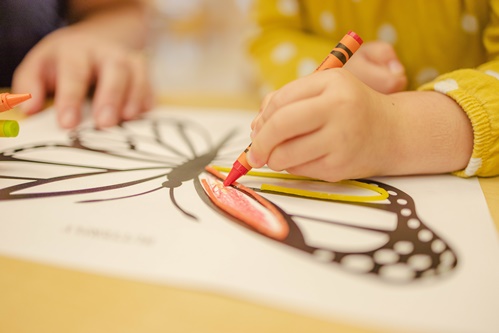How to Manage Transitions in Preschool Education
Transition time is a difficult part of preschool education.
This is when your students have to go from one activity to another. It can be stressful and chaotic. This blog post will discuss effective ways to manage transition time in early childhood education.

Why Is This Difficult For Children?
Understanding why transitions can be so hard for young children is crucial.
Young children are often distracted and lose focus; therefore, it can be difficult to switch activities throughout the day without losing their attention. Also, young children still need to learn how to manage their emotions and impulses. As a result, they may have difficulty adapting to a sudden change in routine or having to stop doing one thing and move into another activity.
Strategies For Managing Transitions
Something that can help manage transitions is planning. This will be key to managing transition time efficiently.
You must think ahead and identify when your students will transition from one activity to another. A visual schedule is a great idea that you can show your students, so they know what to expect. This will help reduce anxiety and avoid behavior problems during transitions.
Furthermore, another tip is to give consistent and clear instructions to your preschool students. It is important to let them know what they should do and how to do it. For example, you might say, "Everyone—it's time to clean up and get ready for storytime. Please put away the crayons and sit down on the carpet." Clear and consistent instructions will help reduce confusion and allow students to move easily from one activity to another.
Additionally, it is important to have structure throughout the day. You can do this by creating a step–by–step routine that involves cleaning up the activity, getting ready to go, and then moving into the next activity. A structured routine can reduce confusion and help make transitions easier and more effective.
Visual cues or signals are another effective way to reduce transition time. Students who struggle to follow verbal instructions may find this useful. For example, use a visual clock to show preschoolers how long it takes to complete an activity. Or, you could use a visual signal—such as a clap or a bell—to indicate the beginning and end of each activity.
And lastly, when managing transition times, patience and flexibility are two of the most important qualities to keep in mind. Young children may require extra guidance and support. Therefore, you should be patient, allowing your students extra time to finish their tasks and having flexibility with your routine as needed.